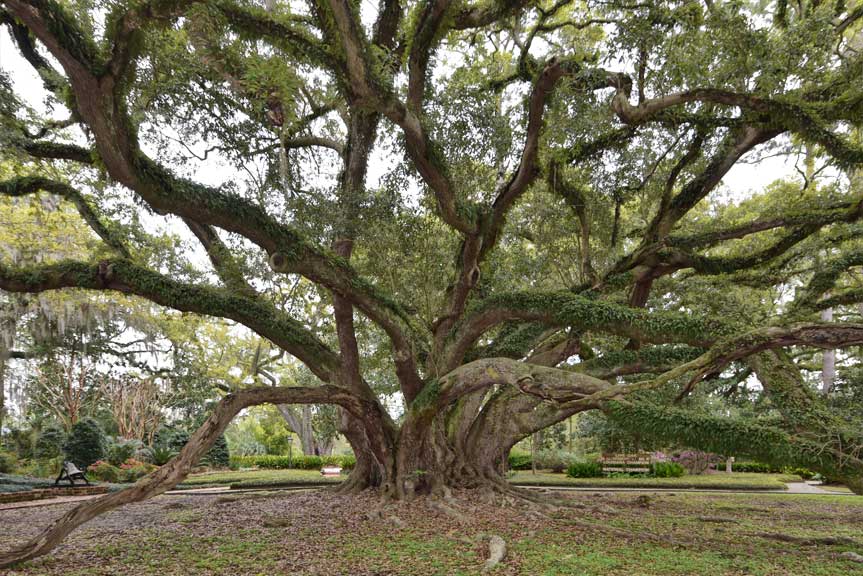By Philip Kiefer.
The Louisiana city has struggled to rebuild its tree canopy, devastated by storms and neglect. But an influx of federal aid and a new reforestation plan could offer hope.
Read more at bloomberg.com.

View of tree from south side facing National Champion Tree sign by Wikkicommons.
